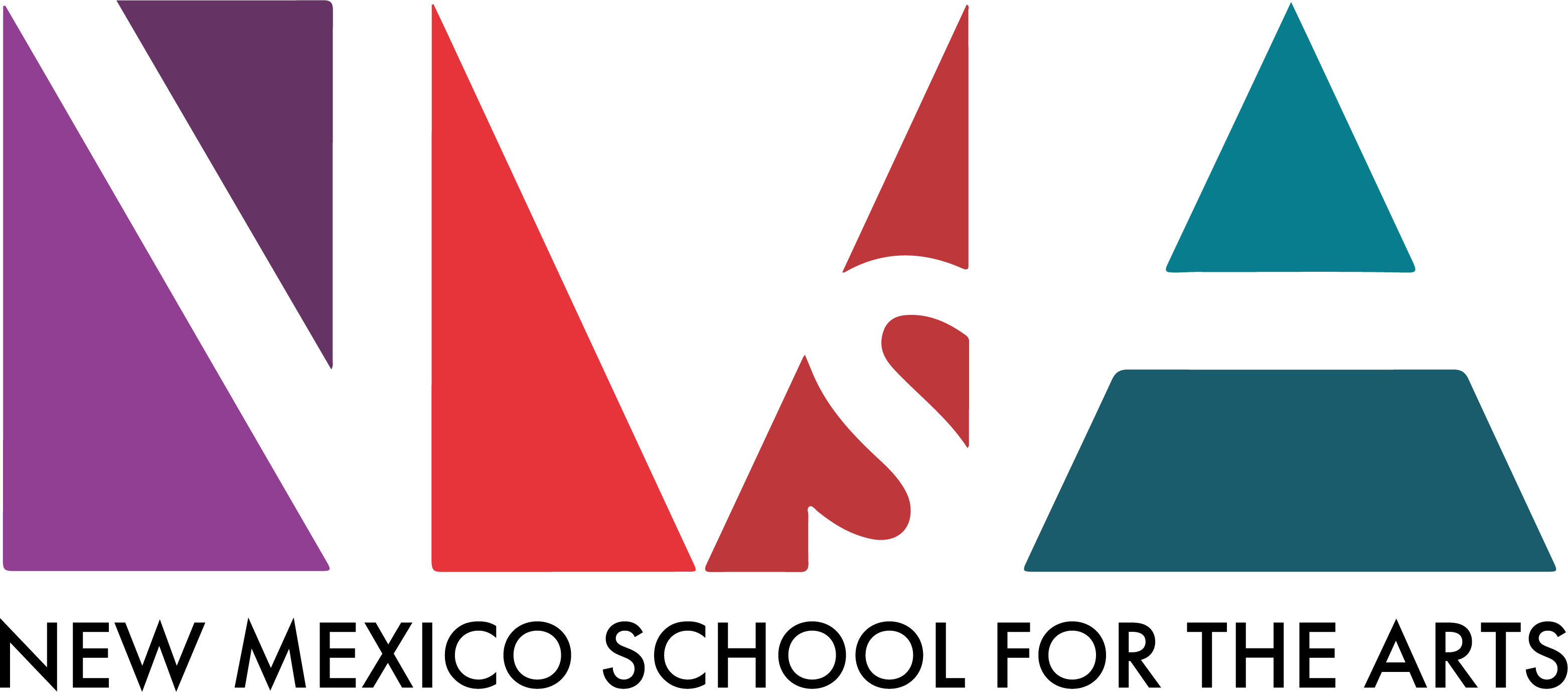Our view: Arts and education: Economic drivers
The Santa Fe New Mexican | Thursday, March 2, 2017
Even in a city that dates back to 1610, it’s a good idea to find out how other places conduct business — especially when considering universal challenges such as keeping a downtown alive.
Across the country, as malls were built with plenty of parking, shops and businesses left downtowns. In some towns, the storefronts were empty and neglected. In others, like Santa Fe, specialty shops moved in, and the everyday business of life was conducted elsewhere. The common challenge, though, is how to get people downtown and spending money.
Mayor Knox White of Greenville, S.C., had this answer for Santa Feans interested in a vital downtown area. “It’s all about getting people. You want people on the streets.” For his town, that means requiring some sort of housing — apartments and condos — for new construction projects. Mixed use was the standard. It also means bringing attractions to the center of town? in Greenville, it’s a $13 million park by the river and a 40 foot waterfall (one that had been hidden by a bridge for decades until the town found the will to tear it down).
But before the housing and before the park, there was a school — the South Carolina Governor’s School for the Arts and Humanities, placed in a blighted area of downtown Greenville, across from the bridge and hidden waterfall and in the kind of neighborhood where parents might think twice about leaving their children.
It’s that connection of school and city that brought White to Santa Fe earlier this week. He was in town to discuss how a rebuilt and expanded New Mexico School for the Arts could reinvigorate Santa Fe’s Railyard District, and in doing so, bring more activity to all of downtown.
The situations are not quite analogous. The Governor’s School is all residential, meaning 200plus students live downtown? New Mexico School for the Arts is a mix of residential and commuter students, whether from Santa Fe, Albuquerque or other nearby cities and towns. At present, the school rents out the old St.
Francis Cathedral School property on East Alameda Street and Paseo de Peralta, but NMSA’s Art Institute has purchased and will be remodeling the Sanbusco Market Center in the Railyard. Eventually, the 216 strong student body will expand to 300 and perhaps 400 (with a rewrite of the charter).
The school was named Santa Fe’s firstever Blue Ribbon School by the U.S. Department of Education last year and also was featured as a School that Works by Edutopia. It routinely receives an A grade from the state Department of Public Education and has a 95 percent graduation rate. Its backers and fundraisers work nonstop, too, raising money through its Art Institute to pay for arts education while state tax dollars take care of academics. There are fundraising campaigns for capital needs, too. Already, supporters have raised $15 million toward the expected $30 million construction costs.
What’s missing, of course, is the other $15 million — and school backers are hoping for some public support. That’s understandable, considering the school for the arts is a public school, admitting students from across New Mexico. Now, public tax dollars are needed so the school can expand.
Because budgets are tight — whether at the federal, state or local level — those dollars may be difficult to come by. New Mexico School for the Arts backers are hoping to access $5 million in federal funds, $5 million from the state and $5 million locally, perhaps from city of Santa Fe economic development dollars. The school was chartered by the state, and as such, there are few ways for it to find capital project funding, no matter its excellent record or potential economic impact.
And that’s the point of White’s visit. A school — just like a factory or an office building or a startup — can spark economic growth. There’s the payroll, both for permanent staffers and for construction during the remodeling phase. There are dollars spent by students, teachers and visitors to the school. There’s the impact to the Railyard of all the comings and goings, whether for dropping off students or community members attending events at the school. With a permanent site, there’s the likelihood of summer programs. All told, a school of 300 students could generate some $6 million in annual economic activity, according to a study conducted by O’Donnell Economics and Strategy of New Mexico.
Investing in a school that serves all of New Mexico would pay off in dollars and cents, in renewed activity in the Railyard and in the realization of dreams for countless young people. It’s a worthy investment, if the leaders who pay the bills can just find the dollars. Consider, once more, the South Carolina example. Back in the mid1990s, when South Carolina decided to approve the school, the state first committed $12 million to creating a residential high school. Supporters had to match those public dollars — and did.
In New Mexico, the hard part is done. Private donors have stepped up. Now, the public sector should do its part, contributing to the success of a school that will serve all of New Mexico from right here in Santa Fe.

